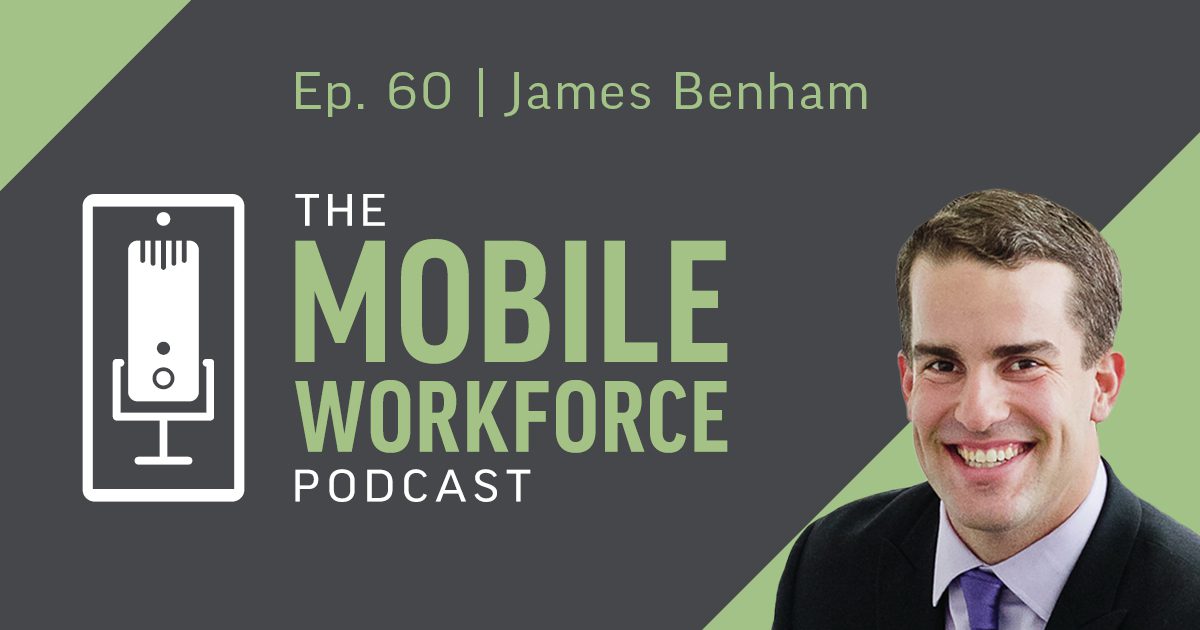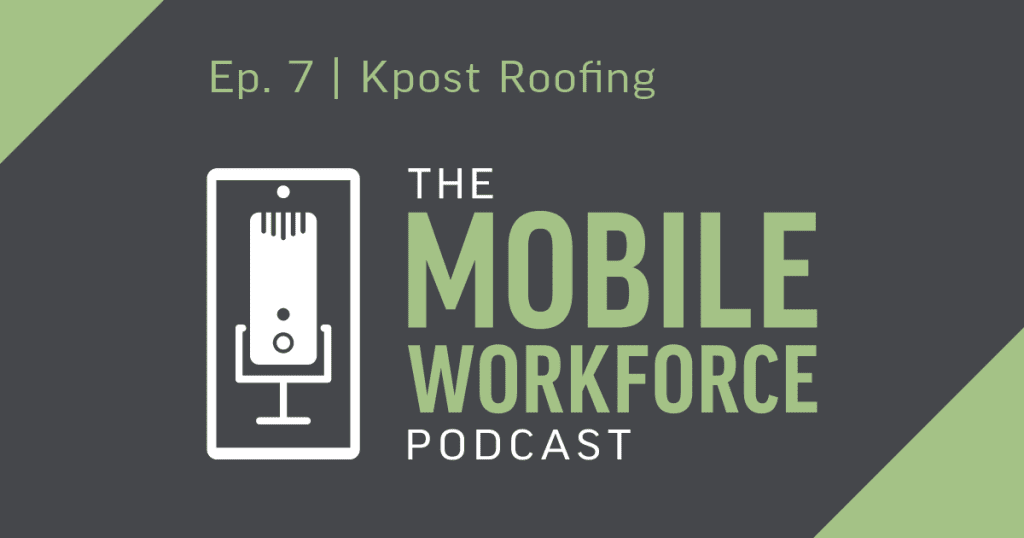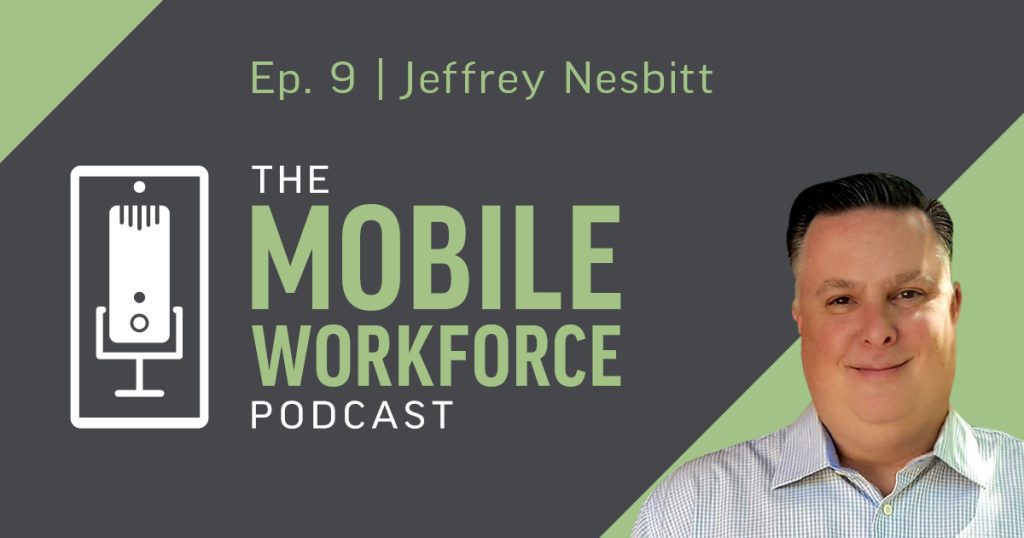Expert Predictions on Construction Technology and Innovation in 2022
Staying up-to-date with the latest tech developments in the construction industry could be a full-time job. There’s so much happening – from innovative software solutions to new hiring trends – that it’s hard to keep track. So how can busy professionals get a sense of where things stand and what might be coming up around the bend? For starters, you’ve come to the right place.
On this episode of the Mobile Workforce Podcast, James Benham, CEO of JBKnowledge and TerraClaim, returns to chat with host Mike Merrill. James isn’t a stranger to the show. He joined on episode 32 to discuss easy ways to use construction technology and the rise of Business Intelligence, blockchain, BIM, and big data. As we kick off the new year, James highlights key developments from 2021 and what technology trends the construction industry can expect in 2022.
Key Takeaways
- Continuous learning is the key to success in construction and construction technology. It doesn’t matter how old you are or what formal education you have. Success is driven by being curious and willing to learn. The most successful people in construction read business books, take classes, and expand their understanding on a daily basis. You only learn two ways, by reading (books, educational videos and audiobooks) and by talking to people. Make sure you are doing both every day.
- Analytical engines are going to be everywhere in 2022. Data is now commonplace on the job site, but it doesn’t mean it is being used to its fullest potential. In 2022, software will increasingly digest all the data that is being collected and give teams more usable insights than ever before.
- Sensor usage will mature in 2022. Sensors are already a huge part of the building and management of building projects during and after the construction phase. Sensors will be increasingly used – in simpler and more common ways – to get more usable data. This will also decrease costs and the number of sensors needed.



